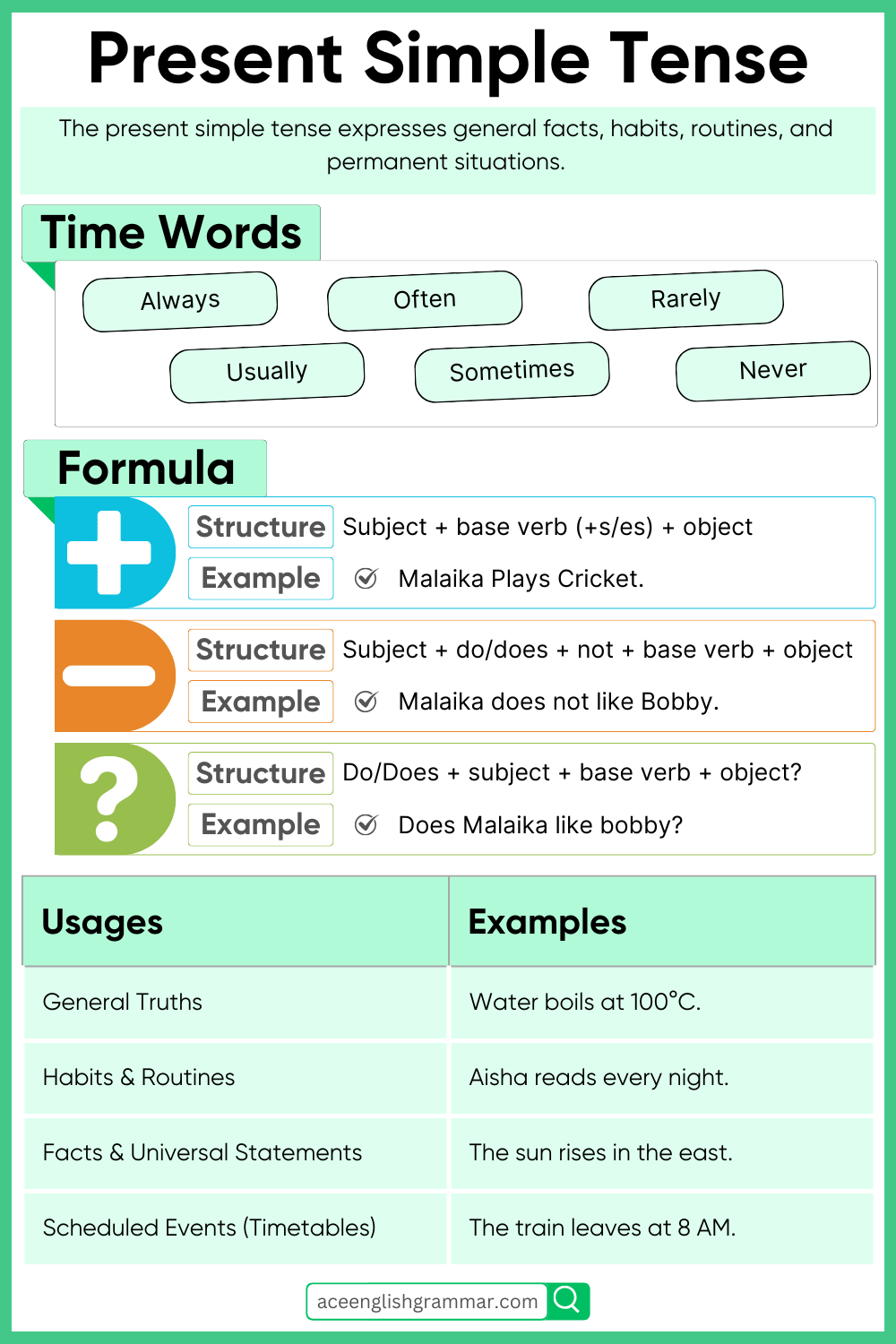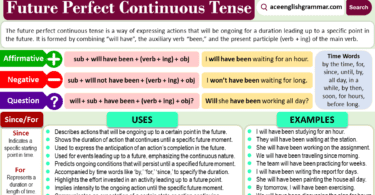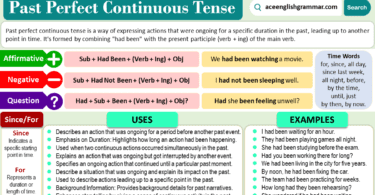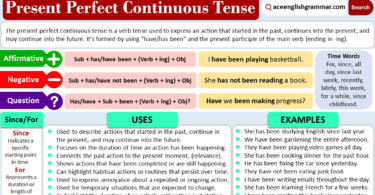The simple present tense, also known as the present indefinite tense, is one of the most basic and fundamental tenses in English. It is used to describe actions or states that are habitual, factual, or happening currently. This tense is essential for expressing ideas clearly and is widely used in everyday communication. In this article, we will explore in detail, covering its structure, rules, uses, and examples.
Table of Contents
What is the Simple Present Tense?
The Present Indefinite Tense is used to describe actions that happen regularly, facts, and routines. It is one of the most used tenses in English, helping to describe actions that are general truths or habitual actions.
- I work every day.
- She works in a hospital.
Structure of Simple Present Tense
Affirmative Sentences (+)
Formula:
Subject + base verb (s/es for third-person singular) + object
| Subject | Verb (Base Form) | Example |
|---|---|---|
| I / You / We / They | work | I work every day. |
| He / She / It | works | She works in a hospital. |
- I eat breakfast at 7 AM.
- He likes coffee.
Negative Sentences (–)
Formula:
Subject + do/does not (don’t/doesn’t) + base verb + object
| Subject | Helping Verb + Negation | Verb (Base Form) | Example |
|---|---|---|---|
| I / You / We / They | do not (don’t) | work | I don’t work on Sundays. |
| He / She / It | does not (doesn’t) | work | He doesn’t work on Mondays. |
Interrogative Sentences (?)
Formula:
Do/Does + subject + base verb + object?
| Helping Verb + Subject | Verb (Base Form) | Example |
|---|---|---|
| Do / Does | work | Do you work on weekends? |
| Does | work | Does she work in a hospital? |
Rules for Adding ‘s’ or ‘es’
For third-person singular subjects:
- Add ‘s’ to most verbs: She works every day.
- Add ‘es’ to verbs ending in -s, -ss, -sh, -ch, -x, or -o: He goes to school.
- If the verb ends in a consonant + ‘y’, change the ‘y’ to ‘i’ and add ‘es’: She tries hard.
Simple Present Tense Chart
| Form | Person | Positive | Negative | Interrogative |
|---|---|---|---|---|
| First | I, We | I study every day. | I do not study on weekends. | Do I study with you? |
| Second | You | You solve puzzles. | You do not solve problems easily. | Do you solve this puzzle? |
| Third (S) | He, She, It | He works in an office. | She does not work on Sundays. | Does she work here? |
| Third (P) | They | They play soccer every weekend. | They do not play basketball. | Do they play on weekends? |
Time Expressions for Simple Present
Time expressions are often used with the Simple Present Tense to indicate frequency or specific times.
| Time Expression | Example |
|---|---|
| Always | She always drinks tea. |
| Usually | We usually go to the park. |
| Often | He often visits his family. |
| Sometimes | They sometimes eat out. |
| Never | I never skip my breakfast. |
| Every day | I work every day. |
| On Mondays | We study on Mondays. |
| In the morning | She jogs in the morning. |
Examples of Simple Present Tense
✅ Affirmative
- I study English every day.
- We live in Cairo.
- They play football every weekend.
- He drives to work every morning.
- The train arrives at 7 PM.
❌ Negative
- I don’t study in the evening.
- She doesn’t work on Sundays.
- They don’t like fast food.
- He doesn’t play tennis.
- We don’t go to the gym often.
❓ Interrogative
- Do you read books?
- Does he like pizza?
- Do they speak English?
- Does she enjoy reading?
- Do you go to school every day?
Practice of Simple Present Tense
Fill in the blanks with the correct form of the verb:
- She ______ (go) to the gym every day.
- ______ you ______ (like) to read books?
- They ______ (study) for their exams.
- I ______ (not eat) junk food.
- He ______ (work) in a hospital.
Answers:
- goes
- Do, like
- study
- don’t eat
- works
FAQs
The simple present tense describes actions that are happening now, habitual, or universally true. The base form of the verb is used, with the addition of ‘s’ or ‘es’ for third-person singular.
Use the pattern Subject + Base Verb (+s/es). Example: She likes music.
It is used for habitual actions, general truths, scheduled events, and to express feelings or states.
For negative sentences, use do not or does not with the base verb. For questions, place do or does at the beginning of the sentence.
Use don’t (do not) for I/you/we/they and doesn’t (does not) for he/she/it: I don’t like pizza and She doesn’t work here.
Start with Do/Does + subject + base verb: Do you read books? or Does she play tennis?
Read More





Leave a Comment